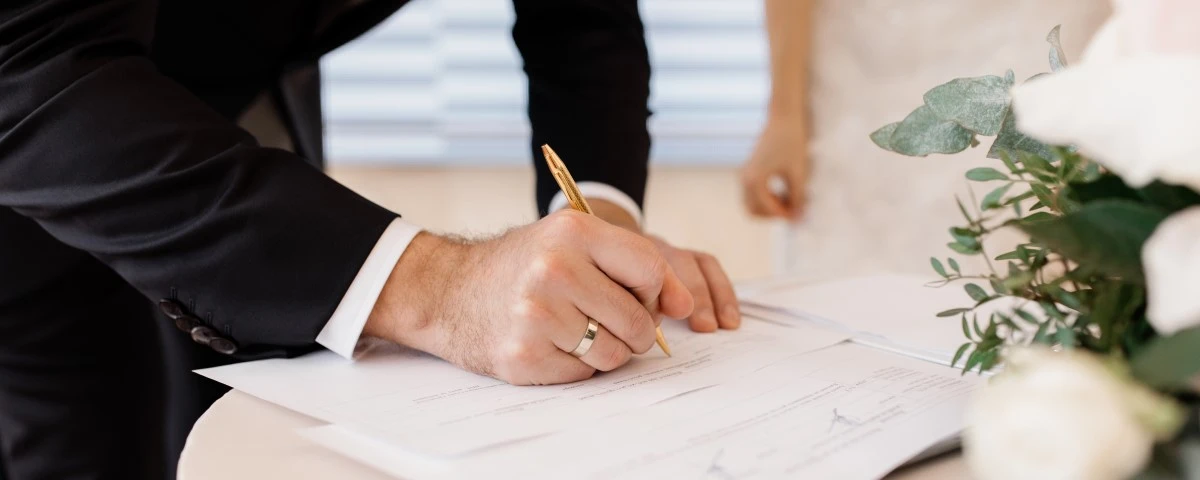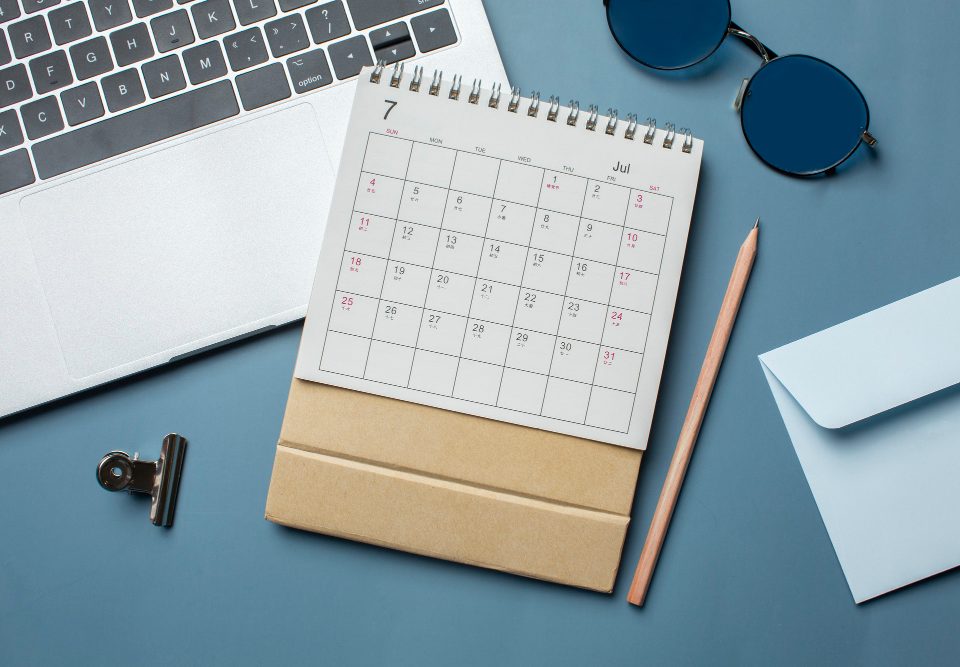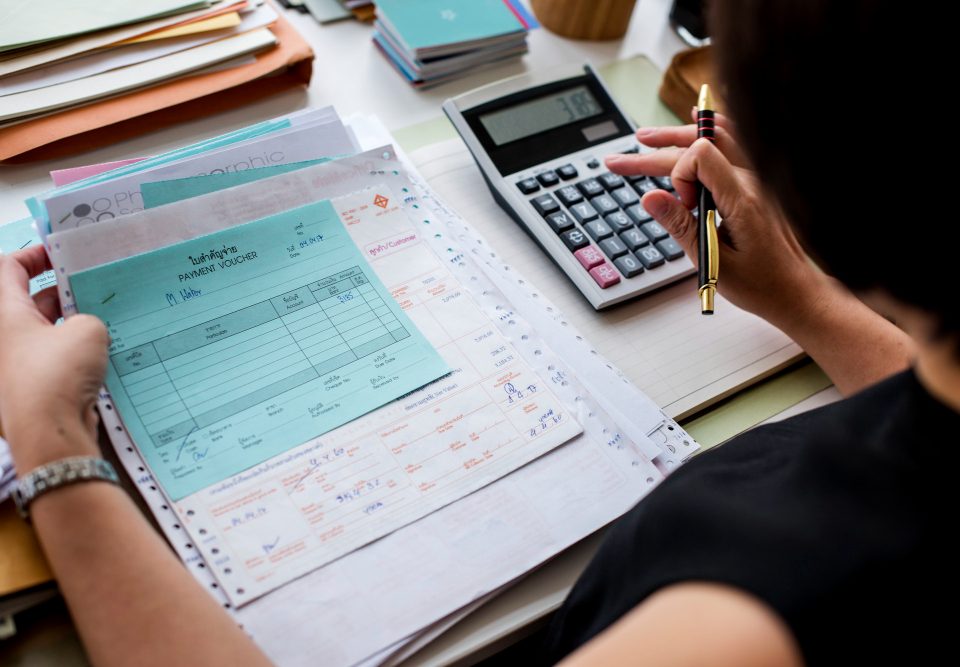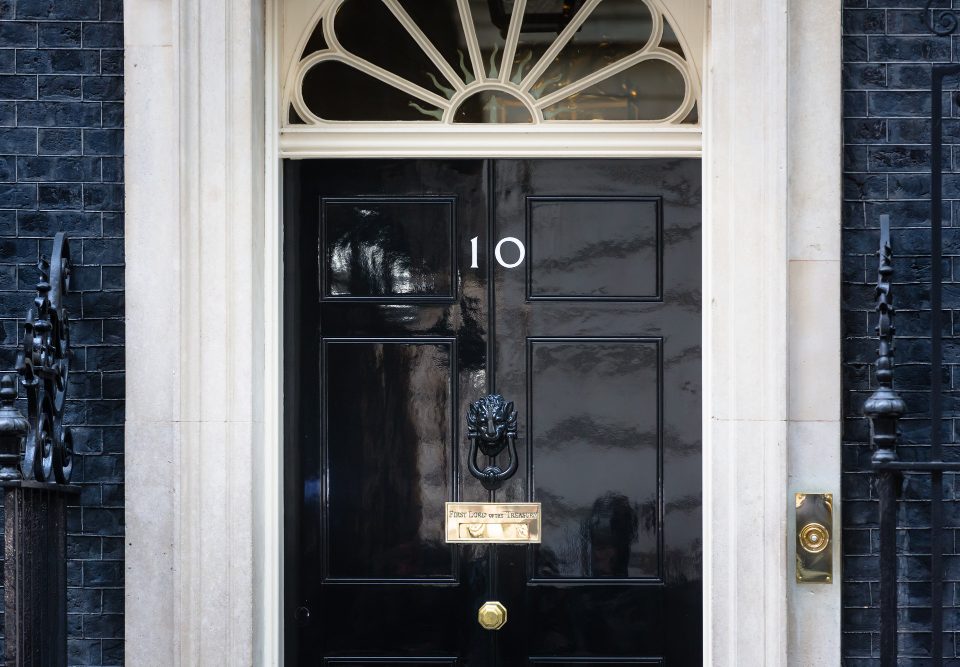There are many things to love about being married (honestly!), but one that’s often overlooked is Marriage Tax Allowance, which could reduce your tax bill or mean that you’re eligible for a tax refund.
This simple guide explains everything you need to know about Marriage Tax Allowance, and how this handy tax break could mean that the taxman owes you money.
What is Marriage Tax Allowance?
Marriage Tax Allowance is a tax perk that some married couples or those in civil partnerships can take advantage of to reduce their tax bill, or claim a refund on tax already paid.
How does Marriage Allowance work?
Marriage Allowance lets the lower earner in the relationship transfer up to £1,260 (24/25) of their personal allowance to their higher-earning partner, who then can lower their tax bill as a result.
Here’s an example of how Marriage Tax Allowance works:
Dave works full-time in construction and earns £38,000. His personal allowance for 24/25 is £12,570 – this is how much he can earn tax-free before he starts paying tax at 20%.
Dave’s wife, Jen, works part-time at the local pub. She earns £4,500 a year, and her personal allowance for the year is also £12,570. As such, she’s a non-taxpayer. This means she has spare allowance available to transfer to Dave.
Jen can transfer up to a maximum of £1,260 of her unused personal allowance to Dave under the Marriage Tax Allowance.
When she does, Dave receives a tax credit of £1,260.
As a result, they could save £252 in tax thanks to the Marriage Allowance. If Dave works under the Construction Industry Scheme (CIS), meaning his employer deducts his tax before paying him, he may be due a tax refund.
How much can Marriage Tax Allowance save you?
The marriage allowance will allow you to save a maximum of £252 in tax in the 24/25 tax year. As shown in the above example, it will vary from couple to couple based on their earnings and how much of their personal allowance they use.
Marriage Allowance rules
- You need to be married or in a civil partnership
- One partner doesn’t pay Income Tax, or their earnings fall below the personal allowance (currently £12,570)
- The other partner pays Income Tax at the basic rate (20%), meaning their earnings are between £12,571 and £50,270 before marriage allowance is factored in
- If you’re in Scotland, your partner must pay the starter, basic or intermediate rate, which usually means their income is between £12,571 and £43,662
How to claim Marriage Tax Allowance
The non-taxpayer in the relationship needs to apply to transfer their allowance, but it’s straightforward enough. Just visit the government website or call HMRC on 0300 200 3300.
Key information needed to apply for Marriage Tax Allowance
When applying for Marriage Allowance, you or your partner will need:
- National Insurance numbers for both people
- Dates of birth
- Proof of identity (passports, driving licences, bank account details, and so on)
- The date of your marriage
Is Marriage Tax Allowance worth it?
Absolutely. In this climate, anything you can do to legitimately and legally reduce your tax bill and, in the case of CIS workers, increase their tax refund, is worth taking seriously.
Better still, Marriage Allowance can be backdated too. You can currently backdate your claim for a maximum of four years that you were eligible for Marriage Allowance.
Marriage Tax allowance and CIS
If you’re wondering why Marriage Allowance is relevant to Construction Industry Scheme (CIS) workers, let us explain.
As a CIS worker, your Income Tax and National Insurance Contributions (NICs) are deducted by your employer, who will then pay you what’s left.
However, because CIS workers are usually taxed at the basic rate (20%), without the employer taking into account Marriage Tax Allowance amongst other tax breaks, you may find that you’re due a tax refund.
Securing a marriage allowance rebate
To see if you’re due a Marriage Allowance refund and to have an expert take care of this, please request a callback, and one of the team will be in touch.










